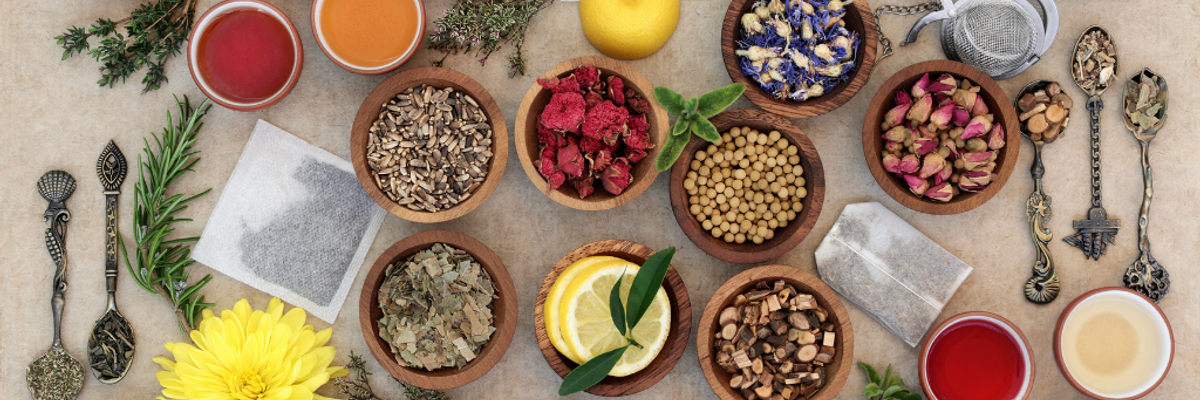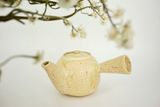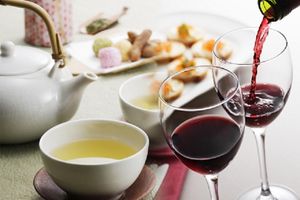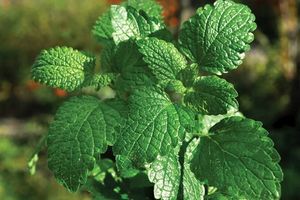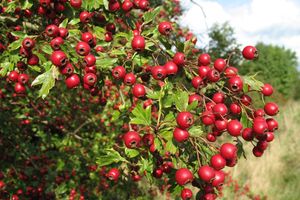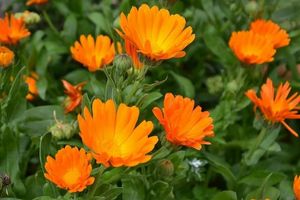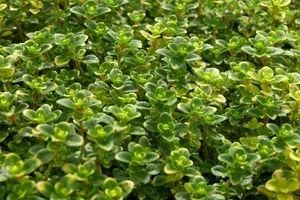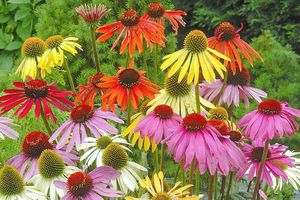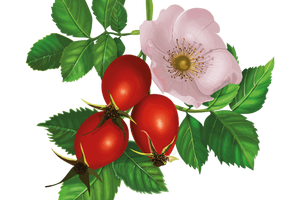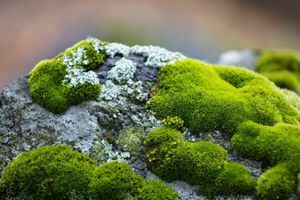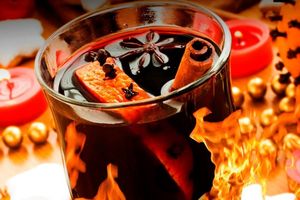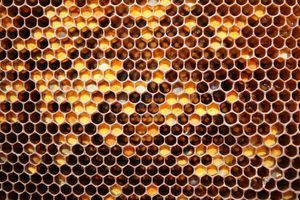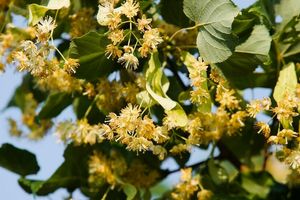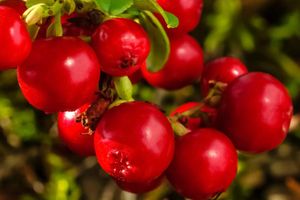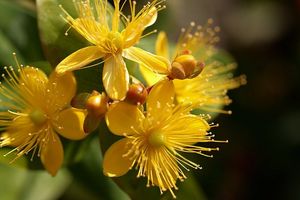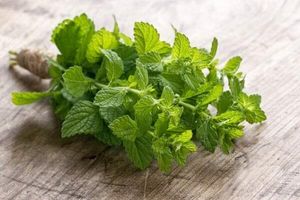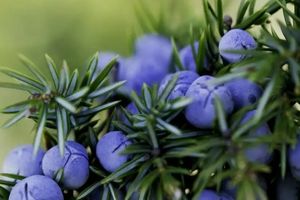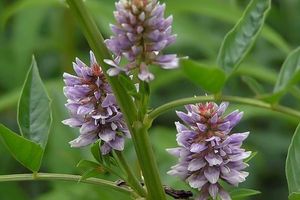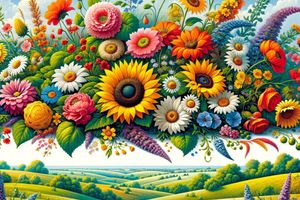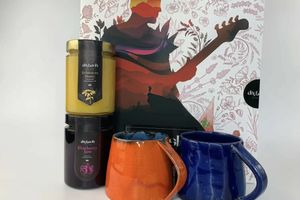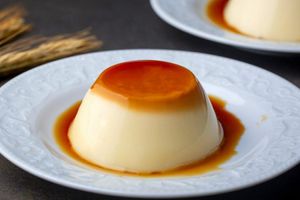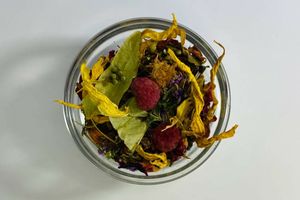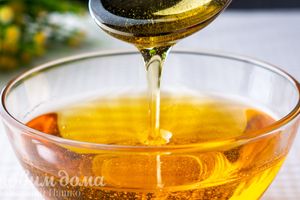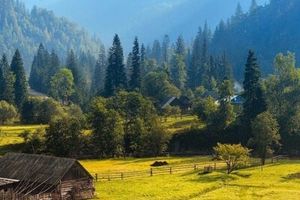In Indian culture, tea is a popular beverage that is enjoyed with great pleasure and reverence. The way tea is prepared and consumed in India can vary across different regions and social groups, but the fundamental aspects remain similar.
-
Tea Time: In India, tea is typically consumed during various times of the day, not only as a refreshing drink but also as a social event. Tea time can vary, but it's usually in the morning or afternoon. Tea gatherings can take place at home, at work, or in cafes.
-
Masala Chai: One of the most popular types of tea in India is masala chai. It's made with black tea, milk, spices (such as ginger, cinnamon, cardamom, cloves), and sugar. Masala chai has a rich aroma and flavor and is a symbol of Indian cuisine.
-
Tea Sessions: Enjoying tea can be a true ritual. People come together to savor tea, engage in conversations, and unwind. It's often a significant time for social gatherings, discussions, or understanding each other.
-
Teapot: Teapot culture is prevalent in India, and a teapot is commonly used to brew tea with water, tea leaves, milk, and spices. After preparation, the tea is strained and served in cups.
-
Milk: Most Indians add milk to their tea, which gives the beverage a creamy and flavorful profile.
-
Sweetness: Many Indians prefer their tea sweet. Sugar is added during the brewing process, but the amount can be adjusted according to individual preferences.
-
Tea Accessories: In some regions, special tea-making utensils are used, such as small metal tea kettles that aid in boiling and serving tea.
Tea in India is more than just a beverage; it's an integral part of cultural heritage. It brings people together, facilitates conversations, and enhances the enjoyment of life.







